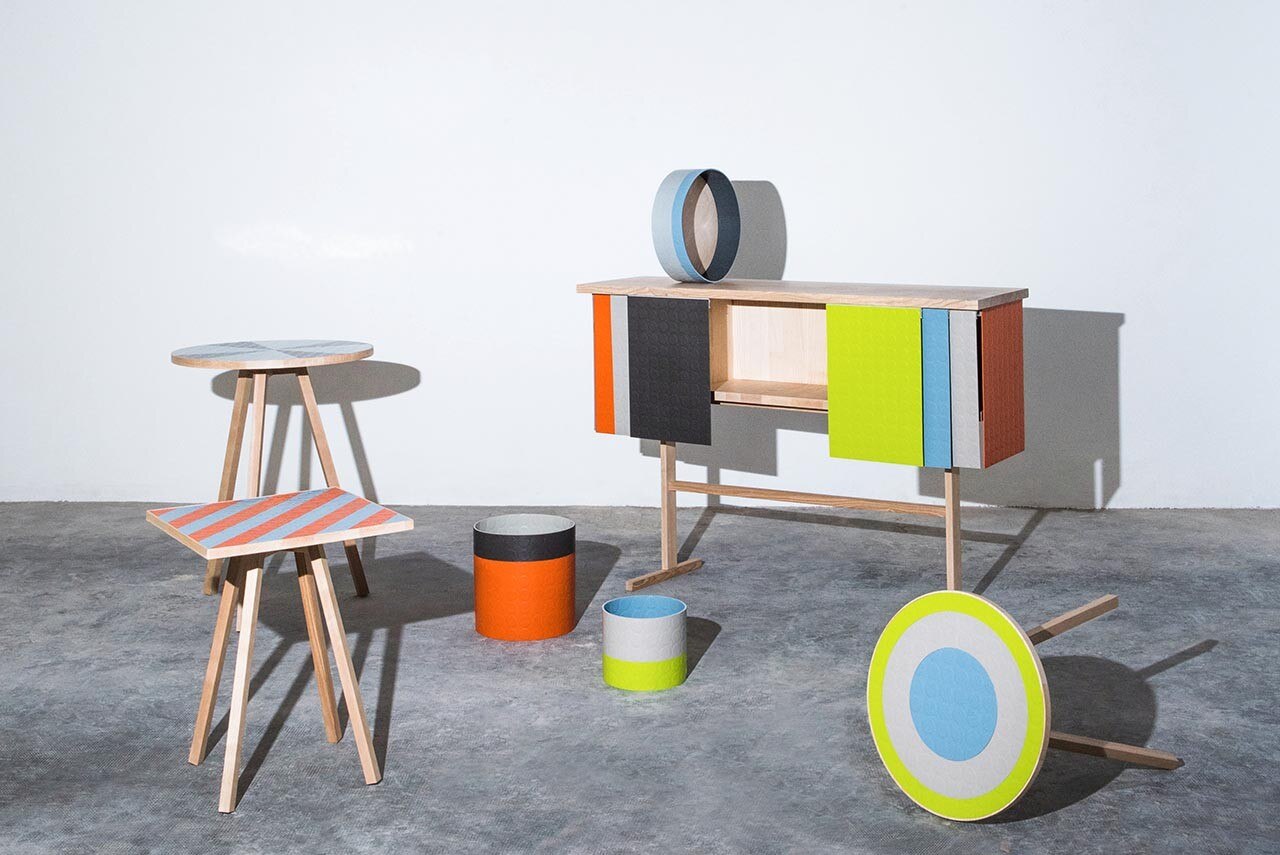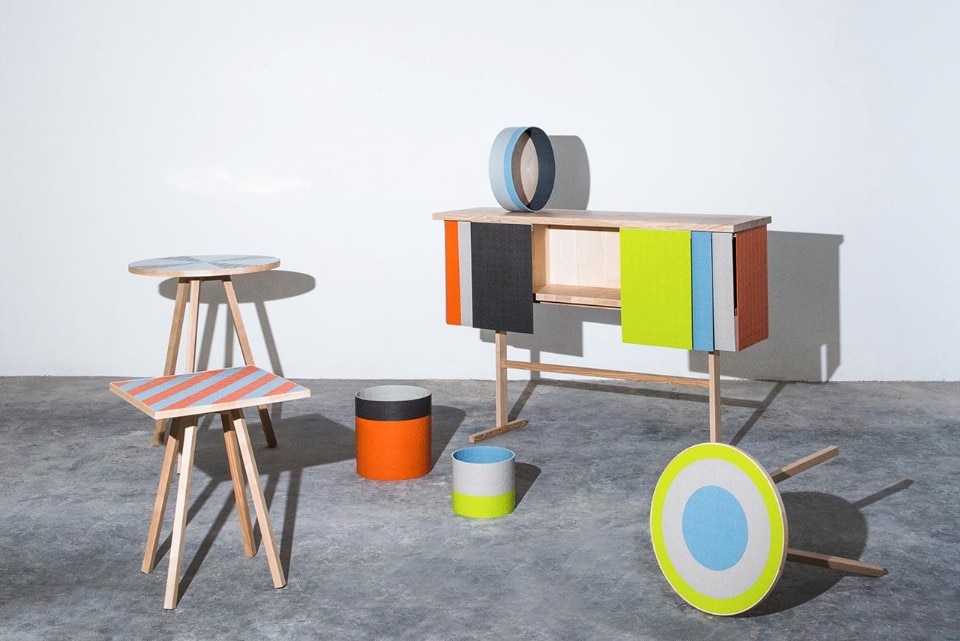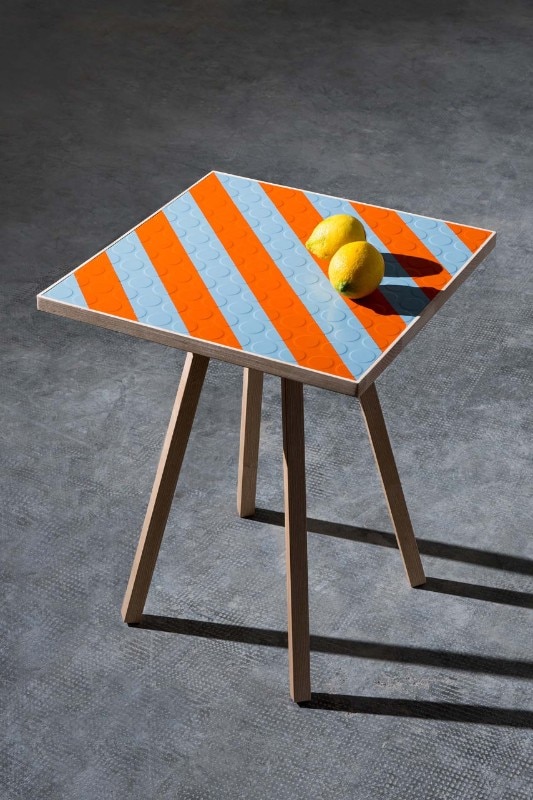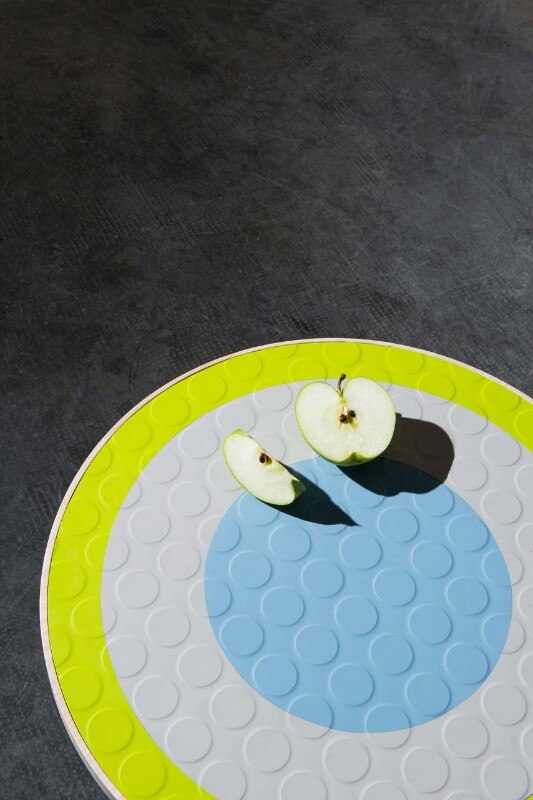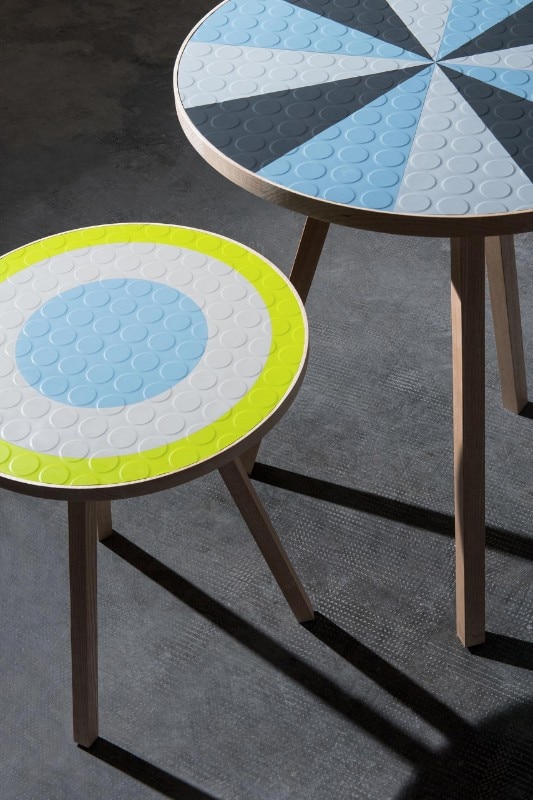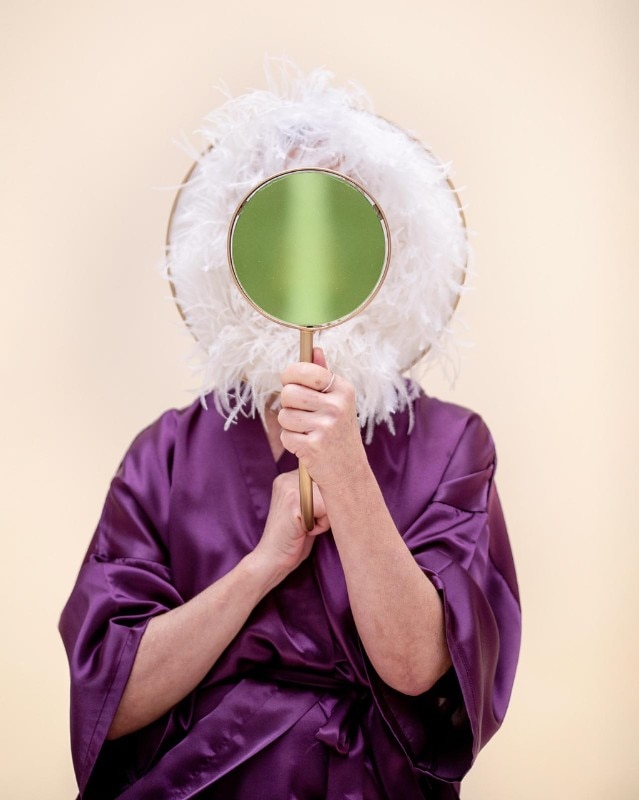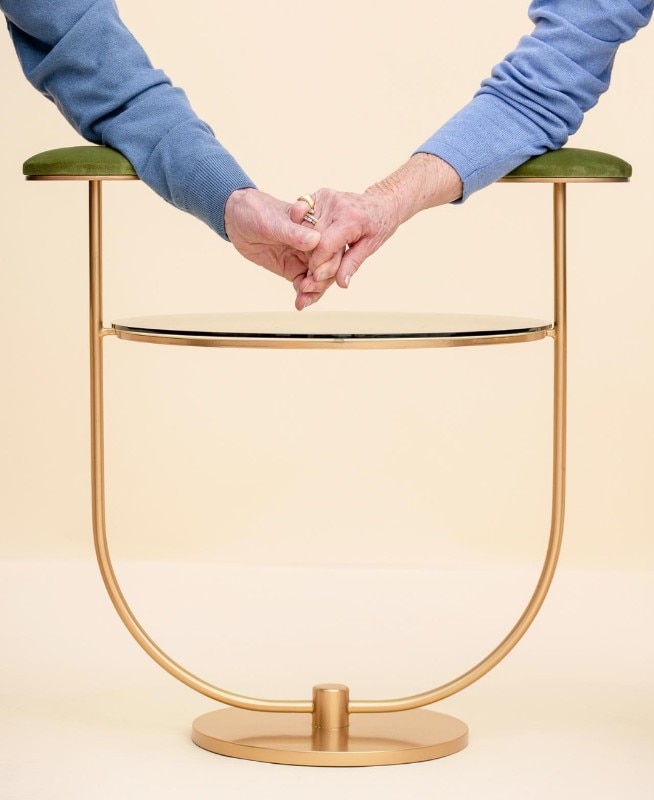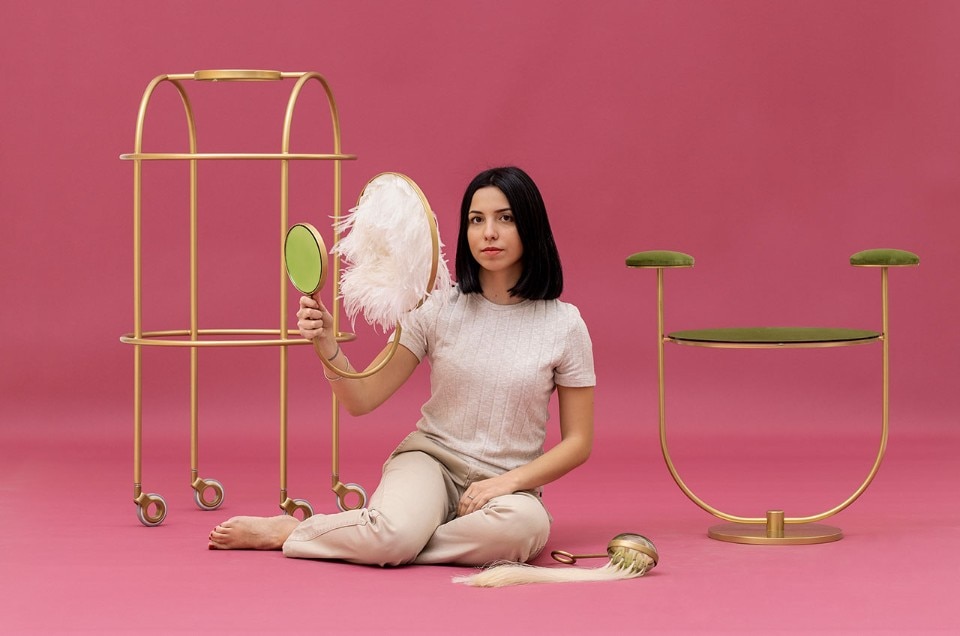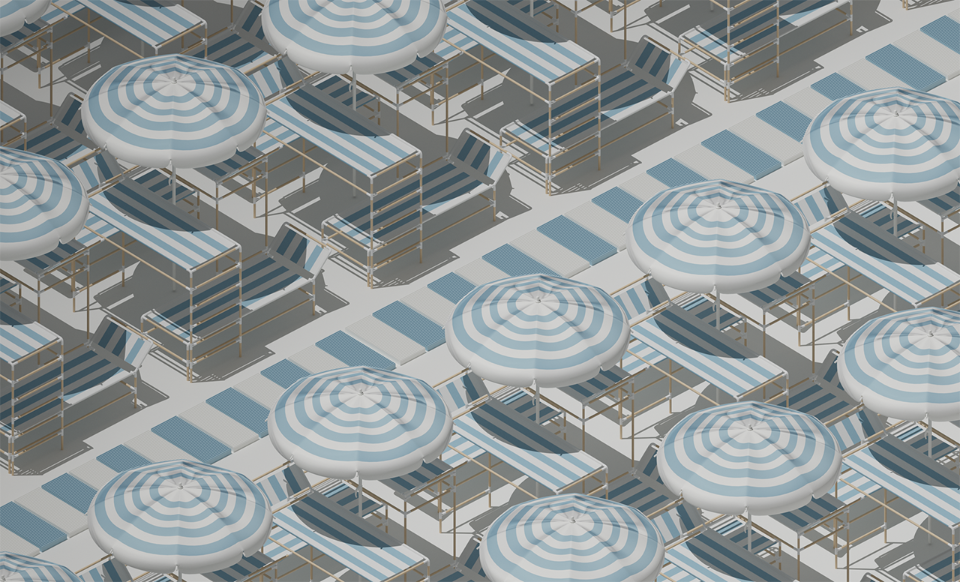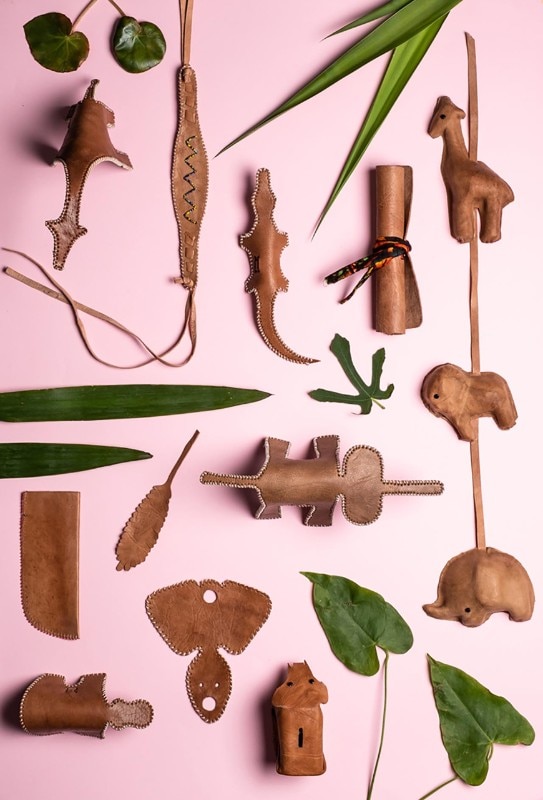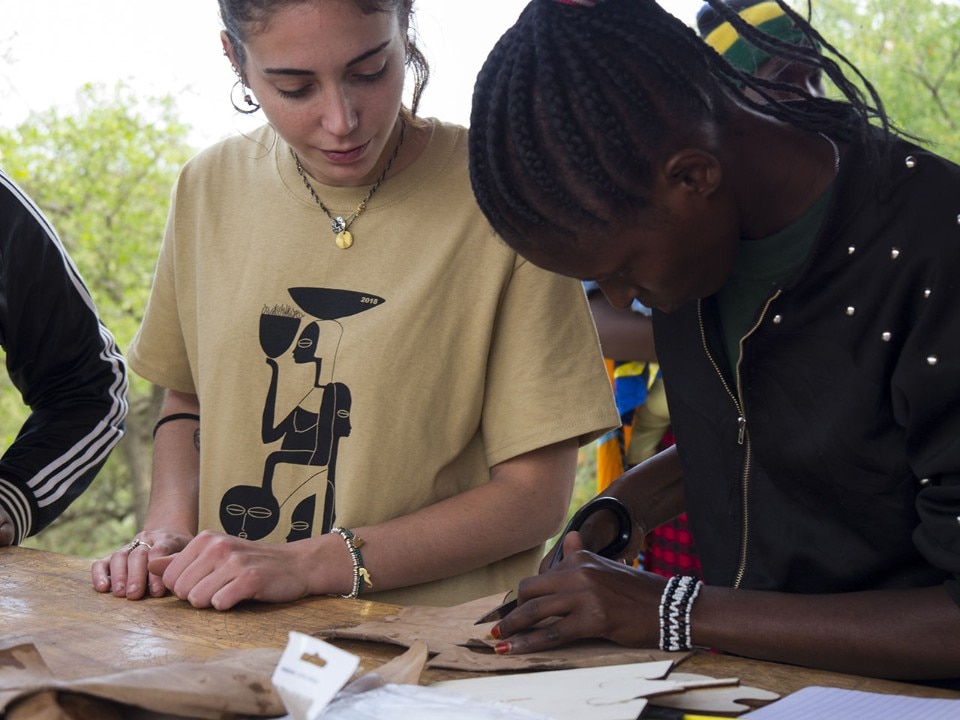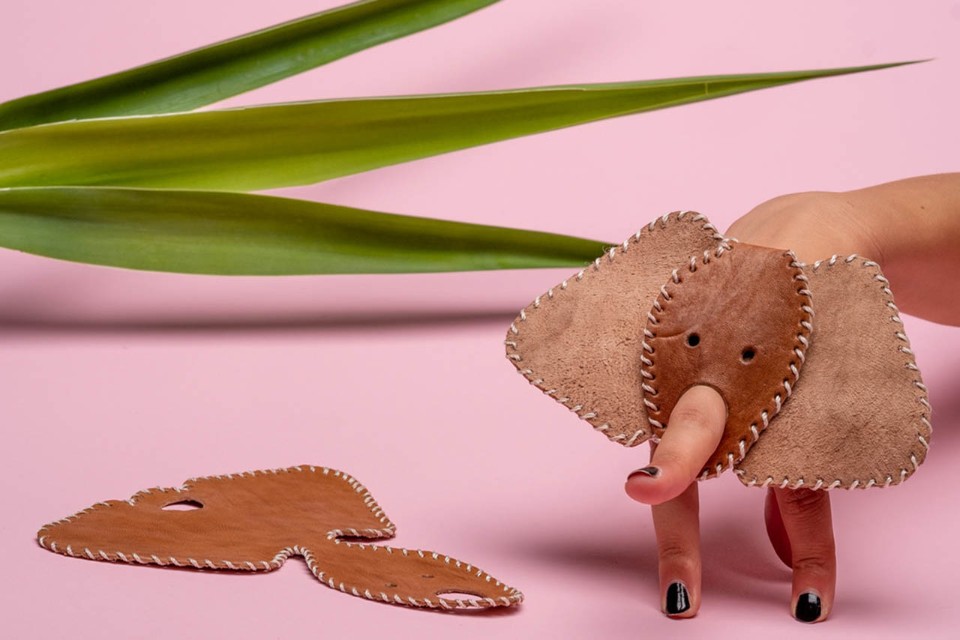A few weeks after the end of the coronavirus lockdown, we met Claudio Larcher, who is the Design Area Leader at NABA, a historic private academy of art and design in Milan (and, since last year, Rome). The focus of the chat was the methodology and the experience developed by the design department of the academy, the latest editorial efforts, and the need to understand the tensions of the present by being open and optimistic about the future.
The panorama of design education is becoming increasingly diverse. How would you describe the specificity of NABA and its relationship with traditional Italian design?
NABA operates in Milan, a city that always represents an important landmark, even though other cities have tried to overshadow it. 30% of our students come from all over the world, and some of them mainly follow the teachings and ideas of the great masters, and only later discover that design is ever-evolving and ever-changing, and not only in the furniture sector. I strongly believe that the role of an academy is to produce culture, and not just to transmit knowledge to the younger generations: an academy must do research, ask questions, investigate scenarios and imagine something related to the future, and in this sense I believe that NABA is a forge of ideas. It being understood that we continue to teach and make our students experience the tradition of Italian: at NABA, we believe in learning by doing.
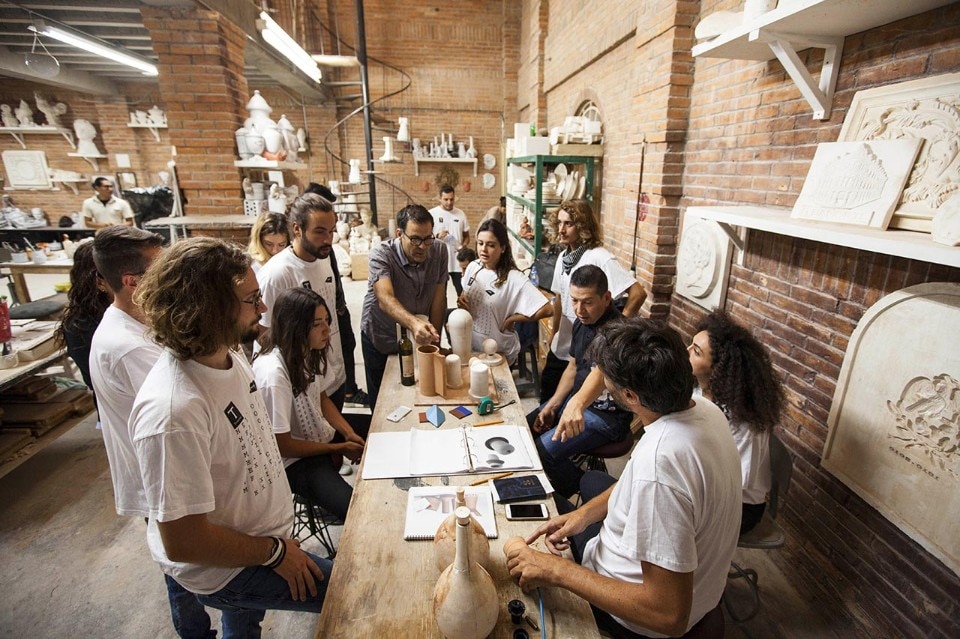
In the preface of your book, “Designing a spoon to change the city”, recently published by Quodlibet, you talk with Andrea Branzi outlining a scenario of absolute fragmentation. How can we contextualize the direction of a project so as to redesign a spoon to change the city?
The dialogue with Andrea Branzi took place just before the coronavirus lockdown, yet it gives a glimpse of the positivity that we can find during a moment of crisis: it’s a very creative, lively phase, where one looks at the future and highlights its possibilities. Fortunately, design no longer has the ambition to follow the teachings of Ernesto Nathan Rogers: design at all scales could put people’s lives inside a box. Today, designers intervene on the spoon, on the interstice, on the little thing, on the viral element, although these days it seems bad to use this word: they positively affect the environment by working on an example. Last year, we worked on a municipal market, a project that can be transformed into a virtuous model that conditions the design of the city.
NABA’s educational vision pays close attention to social design. Your Terra project was selected in the Social Design category of the ADI Design Index 2019. Can you tell us more about it?
For quite some years now, we have launched several projects in the Southern Hemisphere. Unlike our part of the world, which is filled with objects, these projects, regardless of any form of welfarism, offer much more interesting design possibilities. With Terra, we joined the Oikos association in a project in the Maasai community, following the work of the association in the area and collaborating with other specialists. The association has an eco-sustainable tannery in the middle of the savannah, where they do many activities with the women’s community. The students created small leather objects from unused materials, and then trained the women so that they could make them themselves. The project is still going on, and it’s turned into a driving force for the economic development of the area, and it is also helping to empower many women living in a context of great gender inequality.
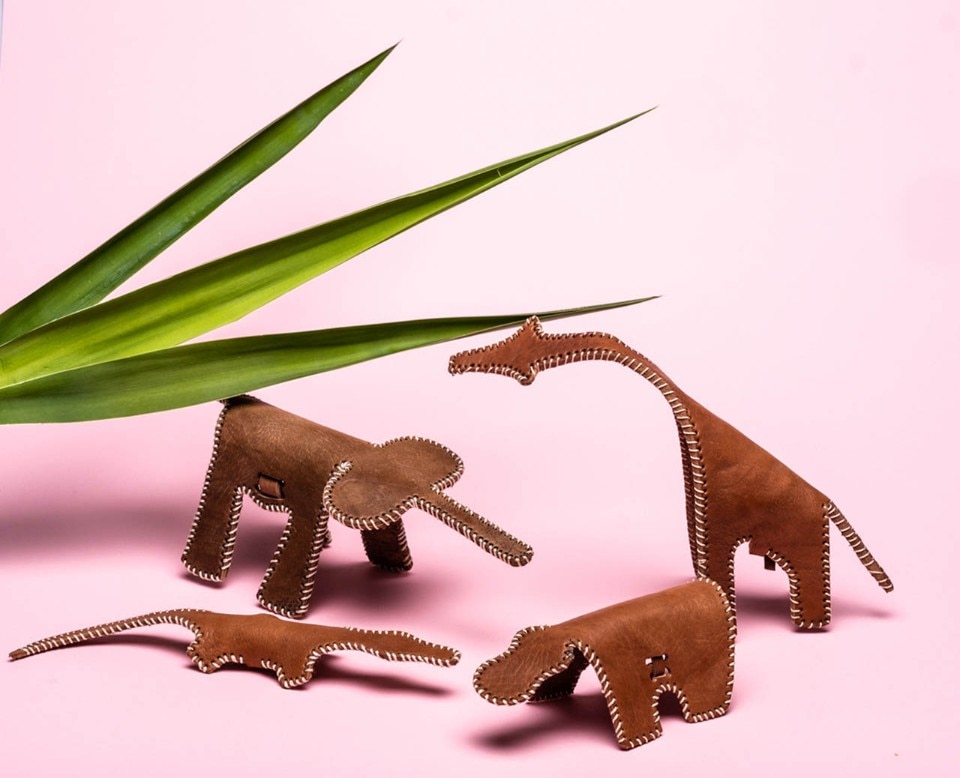
You told the experience of the coronavirus lockdown in the volume “RE-Actions. Teach me design online”, which is more of an intimate journal than a reasoned manual on distance education.
Whit this publication, we wanted to convey a sense of community, a kind of group photo during a difficult time for many people. The book is a collection of many small projects and reactions, but it is also a mirror of the close relationship between students and teachers, and a testimony to understand in hindsight the reflections that have characterized this historical moment.
The Covid-19 has accelerated many ongoing mutations. What will result from this change?
This is a difficult question, especially at a time when we have said everything, and the opposite of everything. I believe that students will increasingly stop designing series of chairs, tables and lamps. Obviously, there will still be a few that will design things and spaces, but there will also be many designs that go way beyond that. In this complex scenario, design will increasingly become service design, social design, a design that is functional and favors working in teams, with other professionals, in order to imagine the future. A couple of years ago, a friend of mine, director of ELISAVA in Barcelona, told me that designers aren’t doctors saving lives, but, as Bob Dylan’s song says, the project can give you five minutes of serenity and beauty. I’ve always thought of it in these terms, but today I believe that design can give us even more. We have the chance, not like the doctor to save lives, but to imagine. Today, imagination is also a designer’s responsibility.


